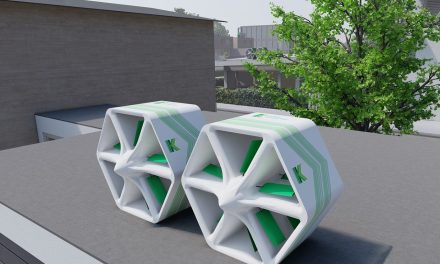In this article, Anna Cawley, director of Customer Services, from Cawleys Waste Management, explains how to climb that cardboard mountain when it comes to waste packaging.
Heavy discounting of 4K TVs, laptop computers and high-end smartphones always proves too irresistible to consumers across the twin discount shopping days of Black Friday and Cyber Monday. Last year, the British Retail Consortium estimated that the UK public spent of £7billion over this one weekend alone.
But Black Friday leaves a longer legacy than just overworked credit cards. Experts warn that the shopping event has a real impact on air pollution as 82,000 diesel vehicles take to the roads to deliver the goods bought over the shopping extravaganza. And then there is also the mountain of packaging waste, particularly cardboard, as stock is moved from warehouses to retail stores or straight to customers’ homes.
How can we manage Black Friday’s cardboard problem?
Perhaps firstly we should all adopt Martin Lewis’ money mantras from Money Saving Expert – ‘Do I need it? Will I use it?’ – as a way of curbing unnecessary spending and accumulating things we don’t need. Ultimately, the real message is to reduce consumption, which is a challenge for many of us.
For retailers who will accumulate vast amounts of packaging waste the key will be to segregate and to keep different waste streams clean and dry. If cardboard is left outside exposed to the weather, it will get dirty and soggy negating any ability to recycle the material and this fact needs to be communicated to users of packaging.
For real change to take effect, every player in the closed loop circle from waste management providers, manufacturers, retailers to trade associations, has a responsibility to robustly explain why we need clean and well-segregated waste streams.
Waste management providers take a leading role in educating the wider public. We’re playing our part with our ‘Small Action Big Impact’ behaviour change programme. Over 2,000 people have so far pledged to recycle paper and cardboard as well as ditching plastic bottles and coffee cups amongst other things.
Small actions, big impact
However, it’s not just waste management companies who have a responsibility to communicate clear messages about recycling, but also packaging suppliers and users of packaging need to be clear about what is happening with materials when it is disposed of.
We work with retailers to collect paper and cardboard as well as other waste resources. Once collected the cardboard and paper is sorted and graded at our clean Materials Recycling Facility where it is then baled and labelled, making it easier to store and more efficient to transport. It’s then taken to a paper mill where water is added turning the material into pulp, which is screened, cleaned and de-inked through several processes.
Eventually pulp is graded suitable for papermaking and can be turned into newsprint, cardboard, packaging, tissue and other office items. At Cawleys, we have a complete cardboard office – each desk and shelf is made of cardboard ready for ‘normal’ use. They have wipeable laminate surfaces to withstand spills and every desk can support over 1,700 kilos in weight. It’s the perfect example for a circular economy.
If I had one, clear message for readers it would be this – the best thing you can do is segregate your waste properly for processing so that we are able to retrieve precious resources for reuse.





